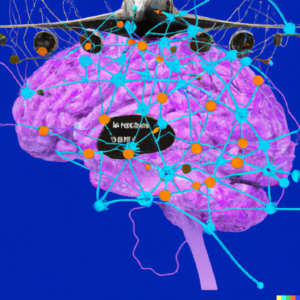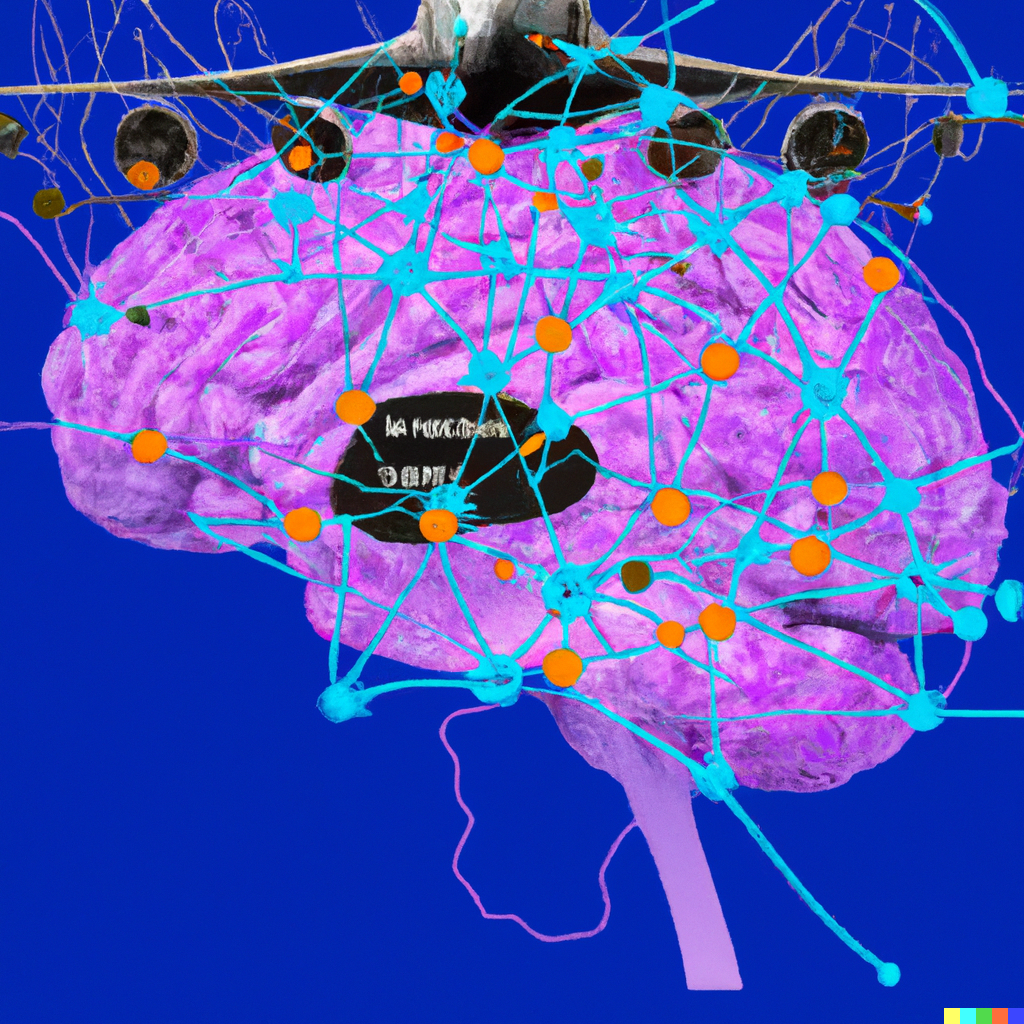The project at a glance
-
Start date:01 Oct 2018
-
Duration in months:42
-
Funding:European Commission – Horizon 2020
-
Principal Investigator(s):Stéphane Bordas
Organisation and Partners
- Computational Mechanics (Legato)
- Department of Engineering
- Faculty of Science, Technology and Medicine (FSTM)
- Systems Biology
- Institut National de Recherche en Informatique et en Automatique (Inria)
- University of Limerick
- University of Texas at Austin
Project team
-
Stéphane Bordas
-
Jack Hale
-
Lars Beex
-
Andreas ZILIAN
-
Berta Joana MORENO SIMOES RATO
Keywords
- Data-Driven
- computational engineering
- mathematical foundations
- computer-assisted therapy
- functional composite materials

